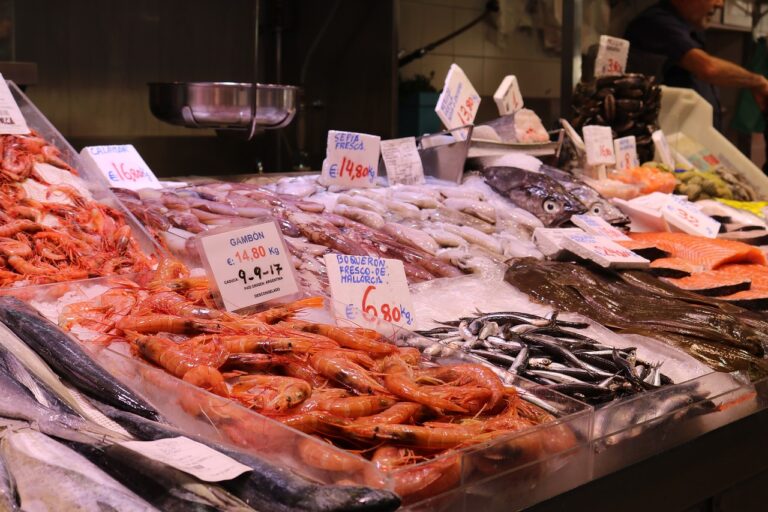Sustainable Fishing Gear: Eco-Friendly Tools for Anglers
The fishing industry plays a crucial role in supplying seafood to meet the demands of consumers worldwide. However, this industry also has a significant environmental impact, with practices such as overfishing and bycatch leading to detrimental effects on marine ecosystems. Many species are being depleted at unsustainable rates, disrupting food chains and endangering the delicate balance of ocean life.
Commercial fishing methods, such as trawling and longlining, can cause habitat destruction and harm to non-target species. Bycatch, the unintentional capture of unwanted marine life, contributes to the depletion of species like sea turtles, dolphins, and sharks. These impacts highlight the urgent need for the fishing industry to adopt sustainable practices and implement effective management strategies to protect both marine biodiversity and the long-term viability of seafood resources.
Understanding the Need for Sustainable Fishing Gear
Sustainable fishing gear is crucial in ensuring the longevity of our oceans’ ecosystems. With overfishing becoming a pressing issue, it is essential that we adopt practices that help preserve marine life and habitats. Choosing gear that minimizes bycatch and reduces habitat destruction can have a significant positive impact on the environment.
By investing in sustainable fishing gear, we can also support the long-term viability of the fishing industry. Maintaining healthy fish populations ensures a stable source of income for fishermen and a sustainable food source for communities that rely on seafood. Implementing sustainable practices not only benefits the environment but also contributes to the economic well-being of those involved in the fishing industry.
What is the environmental impact of the fishing industry?
The fishing industry can have negative environmental impacts such as overfishing, bycatch of non-target species, habitat destruction, and pollution.
Why is it important to use sustainable fishing gear?
Using sustainable fishing gear helps to minimize negative impacts on the environment, preserve fish populations for future generations, and support a healthy marine ecosystem.
What are some examples of sustainable fishing gear?
Sustainable fishing gear includes devices such as circle hooks, fish aggregating devices (FADs), and turtle excluder devices (TEDs) that help reduce bycatch and minimize harm to marine life.
How can consumers support sustainable fishing practices?
Consumers can support sustainable fishing practices by choosing seafood from certified sustainable sources, asking questions about where their seafood comes from, and advocating for responsible fishing practices.
What role do regulations play in promoting sustainable fishing gear?
Regulations play a crucial role in promoting sustainable fishing gear by setting catch limits, implementing gear restrictions, and enforcing conservation measures to protect marine resources.





